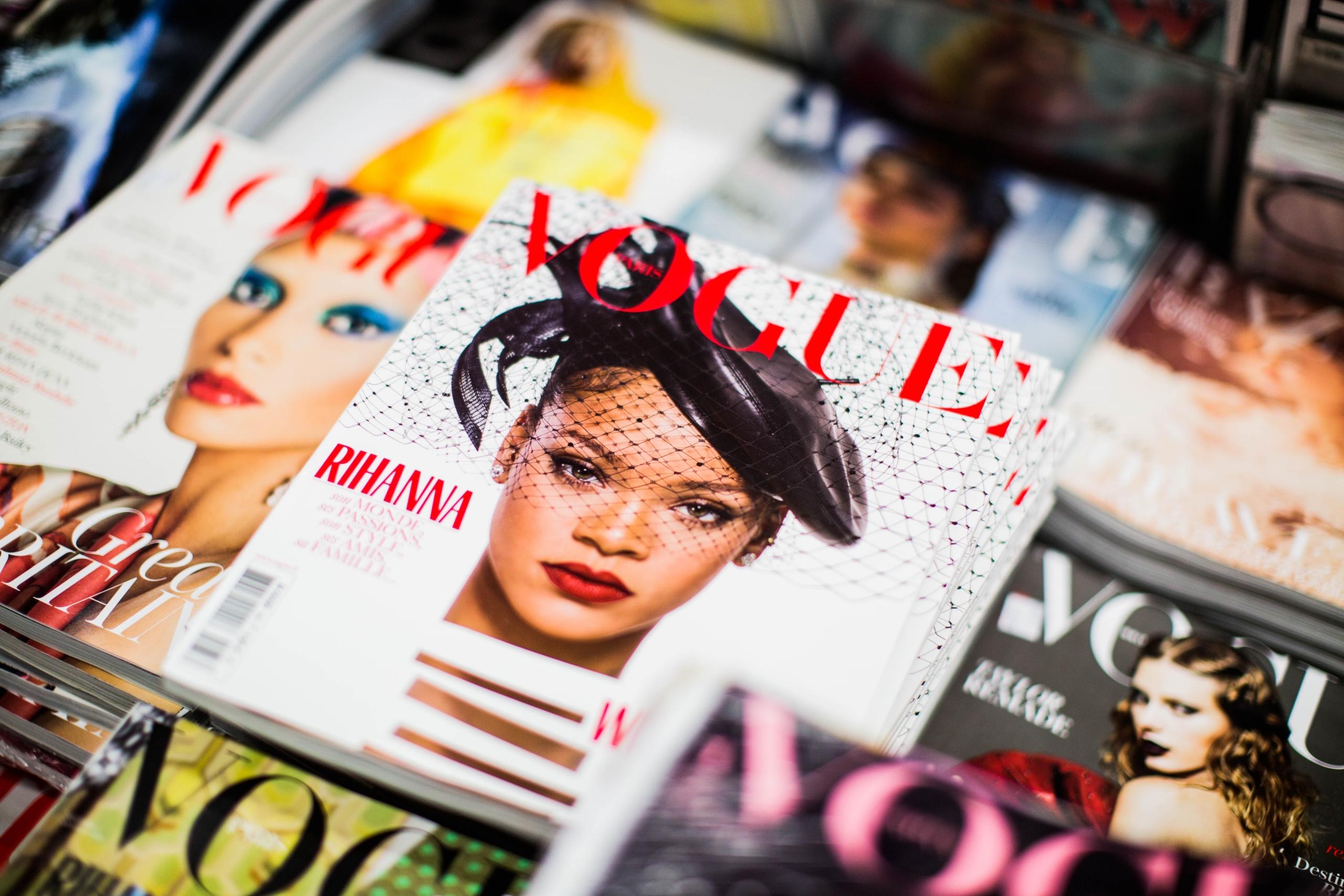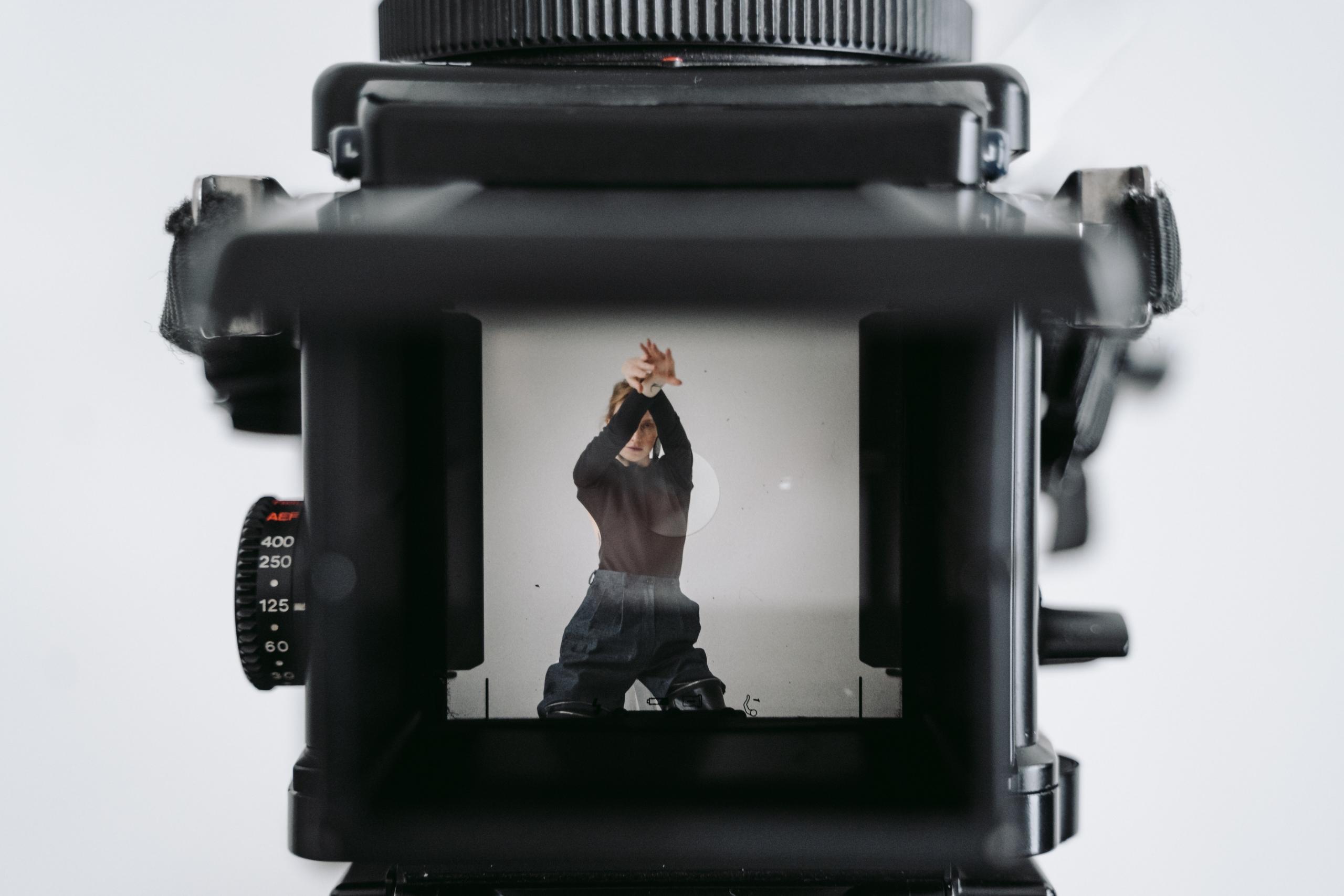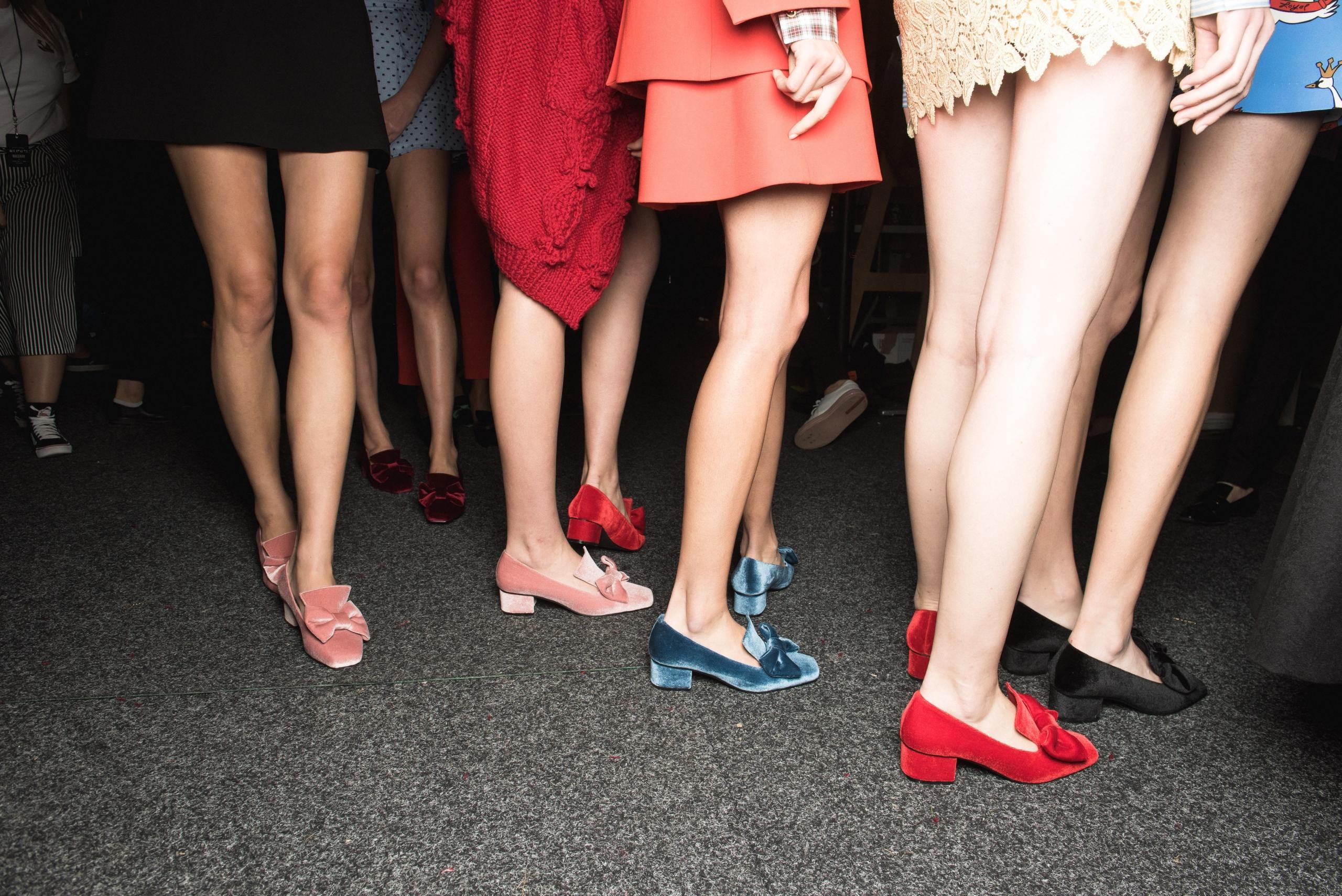“Fashion is part of the daily air and it changes all the time, with all the events. You can even see the approaching of a revolution in clothes. You can see and feel everything in clothes.” - Diana Vreeland
Fashion designers are important contributors to history. Not only do they revolutionise the way we dress, but it is their influence that has a way of leaving a mark on every age. This, of course, needs to be documented, so it is thanks to the art of fashion photography that the works of designers such as Alexander McQueen, Marc Jacobs, Giorgio Armani, Coco Chanel, Karl Lagerfeld, and so many others are recorded for all time.
Top designers have a way of transporting us into other realities with their creations. And if it were not for the fashion photoshoots that documented their work, there would be no fashion for society to follow.
There’s no doubt, both the designer and the fashion photographer are artists. Whether it’s editorial fashion photography, street fashion photography or shooting models on a catwalk, we can thank the fashion shoot for turning the clothing business into a multi-billion-dollar industry.
If you compare the body to a blank canvass, one that everyone owns, it certainly makes sense that as humans we want to look trendy and stylish.
Finding these up-to-date looks starts with the fashion photoshoots that deliver them into the magazines and other media pages that we consume.
It is the job of today’s fashion photographers to bring the latest trends to the masses.
If you are drawn to fashion and photography, perhaps becoming a fashion photographer is your calling. In this article, we will look at every type of fashion shoot from editorial fashion photography to street fashion photography and much more.

Which Fashion Photographer Inspires You Most?
"My pictures are my eyes. I photograph what I see and what I want to see." - Mario Testino
Even though there are many distinctly different photography genres the fashion shoot has produced some of the world’s most iconic and cherished images. Think about how the editorial fashion photography found in Vogue features only the most beautiful models and the most talented fashion photography work.
While there are thousands of well-known fashion photographers all over the globe, you will notice that some names come up more than others.

The following list is a short introduction of some of fashion photography's most celebrated names:
- Annie Leibovitz: known for her unique and imaginative methods, Annie Leibovitz, is one of the most recognisable photographers of our time. Leibovitz has worked in editorial fashion photography for Vanity Fair, and Vogue, she is also celebrated for her portrait photography images including those of Hilary Clinton, Yoko Ono, Angelina Jolie, John Lennon and Donald Trump.
- Peter Lindbergh: Lindbergh has been recognised for many well-known fashion photoshoots throughout his long career in the world of fashion. One of his most loved pictures, taken for the January 1990 British Vogue cover featured models Christy Turlington, Cindy Crawford, Linda Evangelista, Naomi Campbell, and Tatjana Patitz. It was this iconic cover image that was responsible for the beginning of an era of supermodels.
- Helmut Newton: known by many as the "king of kink", Newton is one of the most noteworthy photographers to have ever lived. His impressive portfolio includes contracts with Playboy, British Vogue and Harper's Bazaar. Check out his most renowned photograph taken in 1975 called ‘Le Smoking’.
- Mario Testino: hailing from Peru, Mario Testino is one of the most renowned names in fashion photography of all time. He is known for shooting Vogue cover issues and for his fashion photoshoots for brands like Burberry, Gucci and Dolce & Gabbana. His fame skyrocketed in 1997 when he captured Princess Diana for the cover of Vanity Fair.
If you are interested in a career in as a fashion photographer, you should practise your street fashion photography as well editorial fashion photography where you would use real models. In addition, study the famous works of these and other successful photographers to train your eye and inspire yourself.
As fashion photography is a highly competitive career it would be helpful if you could supplement your work with wedding shoots, advertising photography or sports photography while you make a name for yourself. If you love being out in nature, consider taking your camera along to photograph the supermodels of the bush.
You could also find a private photography tutor to give you further tips on how to ace a fashion shoot.
Four Steps to Becoming a Fashion Photographer

Unfortunately, the odd fashion shoot will not qualify you as a fashion photographer which takes years of dedication, practice, and hard work. Having said this, it is an extremely exciting profession where you will be required to travel to different locations for editorial fashion photography shoots and are likely to meet many interesting and artistic people.
So if your ideal day at work is a fashion shoot, being intentional about your path to becoming a fashion photographer is an absolute must.
At a very basic level, taking these critical steps will set you up for a career in fashion photography but also give you confidence whether you are shooting street fashion photography or working on studio fashion photoshoots.
- Create a Portfolio: without an impressive portfolio, it is virtually impossible to become successful as you start out your career. Having a great collection of images, preferably online on your own website will give potential clients the confidence to book you for a fashion shoot.
- Work for Free: as alarming as this may sound it is very common for photographers to seize opportunities to gain experience and potentially add a quality shot to their portfolios while starting out. One way to go about this would be to contact modelling agencies and offer to take images of new, inexperienced models.
- Market Your Work on Social Media: embracing the extensive reach of social media will be key to marketing yourself as a fashion photographer. Only post your most exquisite shots and make sure that you hashtag and credit all your collaborators as maintaining great relationships within a solid network of contacts is also important.
- Study the Experts: this could mean becoming a regular visitor to galleries, chatting to professionals, assisting on professional fashion photoshoots, and studying the work of as many great names that you can.
Of course there is much more you can do if you are serious about a career in fashion photography. For example, you could move to a city like London, Paris, New York or Milan where fashion photoshoots are a dime a dozen. In fact, there are so many stylish people living in these beautiful cities to inspire your street fashion photography.
Equipment for Successful Fashion Photoshoots

Doing a job well means having the necessary tools to do so and this is no different when it fashion photography which actually requires more equipment than any other genre. One strategy is to start out with less expensive equipment and slowly build up your own gear. Hiring gear from a reputable outlet is also an option.
Either way, make sure that you have the following:
- Camera: although some professional fashion photographers use film, the technology has moved most photographers into digital photography. Digital Single Lens Reflex (DSLR) cameras are convenient and helpful when it comes to post-production editing. Price ranges are extremely varied depending on the quality of the camera. When it comes to fashion images, quality is important, so don’t skimp, but don’t overinvest either if you are a beginner.
- Lenses: to succeed as a fashion photographer, a kit that contains different lenses for different situations is highly recommended. For instance, you may want a 30mm lens for wide-angle shots, but a 200mm focal length for portraits. Fashion photography lenses can be heavy make sure you have a monopod and especially a tripod for studio work.
- Lighting gear: near-perfect lighting is critical for a fashion shoot. Whether on location or in a studio you will need to get used to working with lights. Depending on your location and time of day, a speedlight flash and reflector can be versatile and easy to use. For high-end productions and studio photography, you will need to get acquainted with stands, lights, softboxes, beauty dishes, and much more.
- Editing tools: the hard work associated with editing images or post-production cannot be emphasised enough. In our digital age, editing images is an essential part of any photographer’s work. You will need a high-powered laptop, several hard drives for backing up, possibly even an iCloud or One Drive account (also for backing up), and editing software like Photoshop or Lightroom.
Following all these tips, investing in your gear wisely, and continually trying to improve your work will put you firmly on the path to becoming a fashion photographer. Finally, make sure that you have a great mentor, photography tutor, or someone with whom you can do an apprenticeship because photography not only requires constant critique, but it is the best way to come to grips with its technical aspects.















